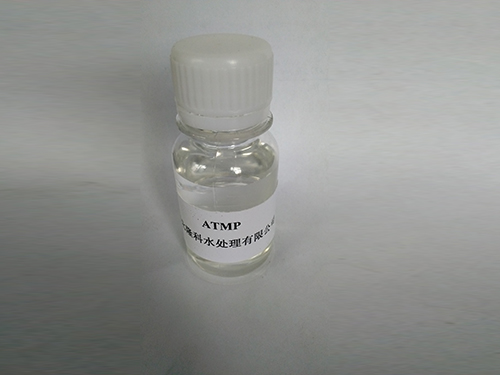pam chemical water treatment
The Role of PAM in Chemical Water Treatment
Water is one of the most vital resources on Earth, essential for the survival of all living organisms. However, as industrial activities continue to expand, the quality of water is increasingly compromised by pollutants. To tackle this pressing issue, various chemical treatments are employed, among which Polyacrylamide (PAM) has gained significant attention. This article explores the role of PAM in chemical water treatment and its benefits and applications.
Understanding PAM
Polyacrylamide (PAM) is a synthetic polymer derived from acrylamide monomers. It can be produced with different charges, including anionic, cationic, and nonionic forms, enabling it to be utilized effectively in a wide range of applications. Its unique properties, including high molecular weight and viscosity, make PAM an excellent flocculant—a substance that promotes the clumping of particles, facilitating their removal during water treatment processes.
The Mechanism of PAM in Water Treatment
PAM works primarily through the process of flocculation. When introduced into wastewater, the charged PAM molecules interact with suspended particles, binding them together to form larger aggregates known as flocs. This aggregation significantly increases the settling rate of particles, making them easier to remove through sedimentation or filtration. The effectiveness of PAM depends on its molecular weight, concentration, and the characteristics of the water being treated, such as pH and temperature.
Applications of PAM in Water Treatment
1. Municipal Wastewater Treatment In municipal wastewater treatment facilities, PAM is widely used to enhance the efficiency of the sedimentation process. By promoting the aggregation of suspended solids and colloids, PAM improves the clarity of effluent and reduces the volume of sludge, leading to lower disposal costs.
2. Industrial Water Treatment Various industries, including mining, paper, and textiles, generate large volumes of wastewater containing high concentrations of contaminants. PAM can effectively remove these impurities, ensuring that discharged water meets environmental regulations and is safe for the ecosystem.
pam chemical water treatment

3. Drinking Water Treatment PAM is also employed in drinking water treatment processes. Its flocculating properties help remove turbidity and other particulates, resulting in clearer and safer drinking water.
4. Agricultural Applications Aside from direct water treatment, PAM is utilized in agriculture as a soil conditioner and erosion control agent. It helps retain moisture in soil, reducing runoff and promoting effective irrigation practices, which indirectly contributes to improved water quality.
Advantages of Using PAM
The use of PAM in water treatment presents numerous advantages
- Efficiency PAM significantly enhances the sedimentation process, allowing for quicker and more effective removal of impurities. - Cost-Effectiveness By reducing sludge volume and improving clarity, PAM can lower operational costs related to waste disposal and treatment. - Compatibility Its versatility allows PAM to be used in various water sources, making it suitable for both municipal and industrial applications. - Environmentally Friendly PAM is considered safe when used properly, and its biodegradability minimizes environmental impact when it breaks down.
Challenges and Considerations
Despite its advantages, there are some challenges associated with PAM use. The main concern involves the potential toxicity of its acrylamide monomer under certain conditions. Proper handling and adherence to regulatory guidelines are essential to ensure safety. Moreover, the selection of the appropriate PAM type (anionic, cationic, or nonionic) is crucial, as incorrect choices can lead to inefficient flocculation and poor water quality.
Conclusion
In summary, Polyacrylamide has emerged as a critical player in chemical water treatment due to its effectiveness as a flocculant. Its role in improving the clarity of municipal and industrial wastewater and enhancing drinking water safety cannot be overstated. Its diverse applications, combined with its efficiency and cost-effectiveness, make PAM an integral tool in modern water management. However, it is essential to navigate challenges wisely to harness its full potential while maintaining environmental integrity. As water scarcity and quality concerns continue to grow, the role of innovative solutions like PAM in ensuring clean and safe water becomes increasingly important.
-
lk-319-special-scale-and-corrosion-inhibitor-for-steel-plants-advanced-solutions-for-industrial-water-systemsNewsAug.22,2025
-
flocculant-water-treatment-essential-chemical-solutions-for-purification-processesNewsAug.22,2025
-
isothiazolinones-versatile-microbial-control-agents-for-industrial-and-consumer-applicationsNewsAug.22,2025
-
scale-inhibitor-key-solutions-for-water-system-scale-preventionNewsAug.22,2025
-
organophosphonates-versatile-scale-inhibitors-for-industrial-water-systemsNewsAug.22,2025
-
scale-and-corrosion-inhibitor-essential-chemical-solutions-for-water-system-maintenanceNewsAug.22,2025





